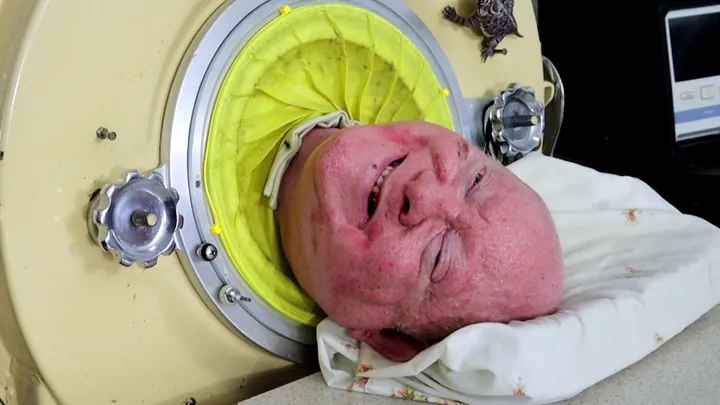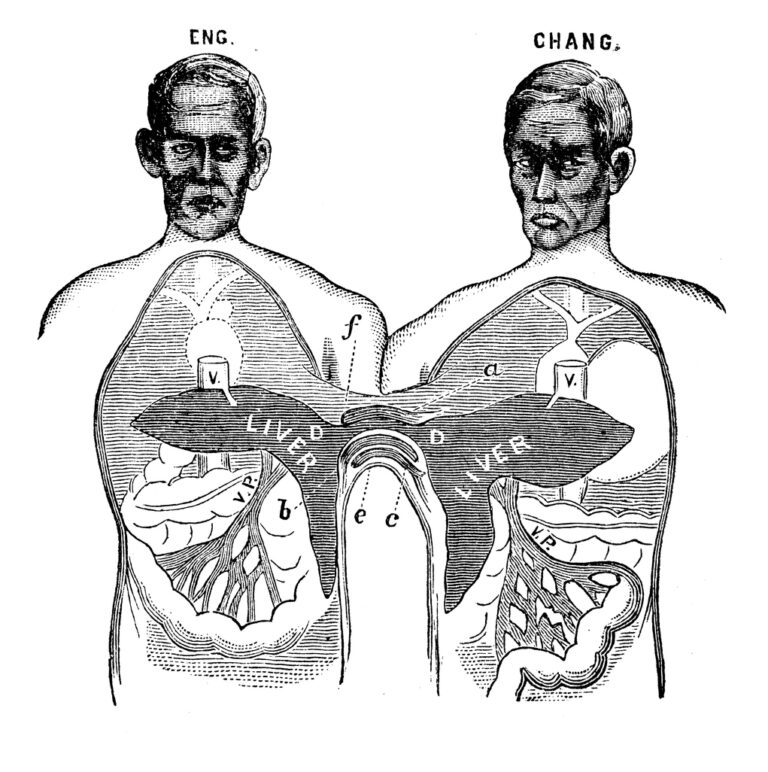Paul Alexander, 78, died on Monday, his brother Philip said in a post on Facebook. He gave no cause of death.
“It was an honour to be part of someone’s life who was as admired as he was. He touched and inspired millions of people and that is no exaggeration,” Philip Alexander wrote in a post on Tuesday.
Alexander was six years old when he was placed in full-body metal cylinder known as an iron lung in 1952 after contracting polio, a deadly disease that once paralysed tens of thousands of children every year. An iron lung uses pressure to blow air into the lungs.
Alexander graduated law school, passed the bar and practiced law. He also traveled to every continent, his brother said.
“He commanded a room. What a flirt! He loved good food, wine, women, long conversations, learning, and laughing,” his brother wrote.
Alexander contracted COVID-19 and was hospitalised in February. His illness left him weak and dehydrated, according to a spokesperson on TikTok, where Alexander had more than 300,000 followers.
How does an Iron Lung work?
An iron lung is also known as a negative pressure ventilator. It is a mechanical respirator used to help individuals breathe when their natural respiratory muscles are unable to function properly. They are often used due to conditions like polio or certain types of paralysis.
Here’s how an iron lung works:
- Enclosed Chamber: The patient lies inside a cylindrical chamber. It completely surrounds their body, except for their head, which remains outside.
- Airtight Seal: The chamber creates an airtight seal around the patient’s body, usually at the neck, to ensure that air doesn’t escape.
- Piston Mechanism: The iron lung uses a piston mechanism to create changes in air pressure within the chamber.
- Negative Pressure: By creating a negative pressure environment inside the chamber, the iron lung expands the patient’s chest, causing air to flow into the lungs.
- Positive Pressure Release: When the piston reverses direction, the pressure inside the chamber becomes positive, allowing the patient to exhale.
- Controlled Breathing: The rhythm and frequency of the piston’s movements are controlled to mimic natural breathing patterns.
- Continuous Monitoring: Patients using an iron lung typically require continuous monitoring to ensure proper functioning and to adjust settings as needed.
The iron lung acts as an external respiratory system. It assists with inhalation and exhalation to keep the patient’s lungs functioning properly when their own muscles are unable to do so.
With the development and widespread availability of modern mechanical ventilators and advancements in medical treatments, the use of iron lungs has become extremely rare.







